What if farmers could grow crops that survive extreme weather and still give healthy harvests all year round?
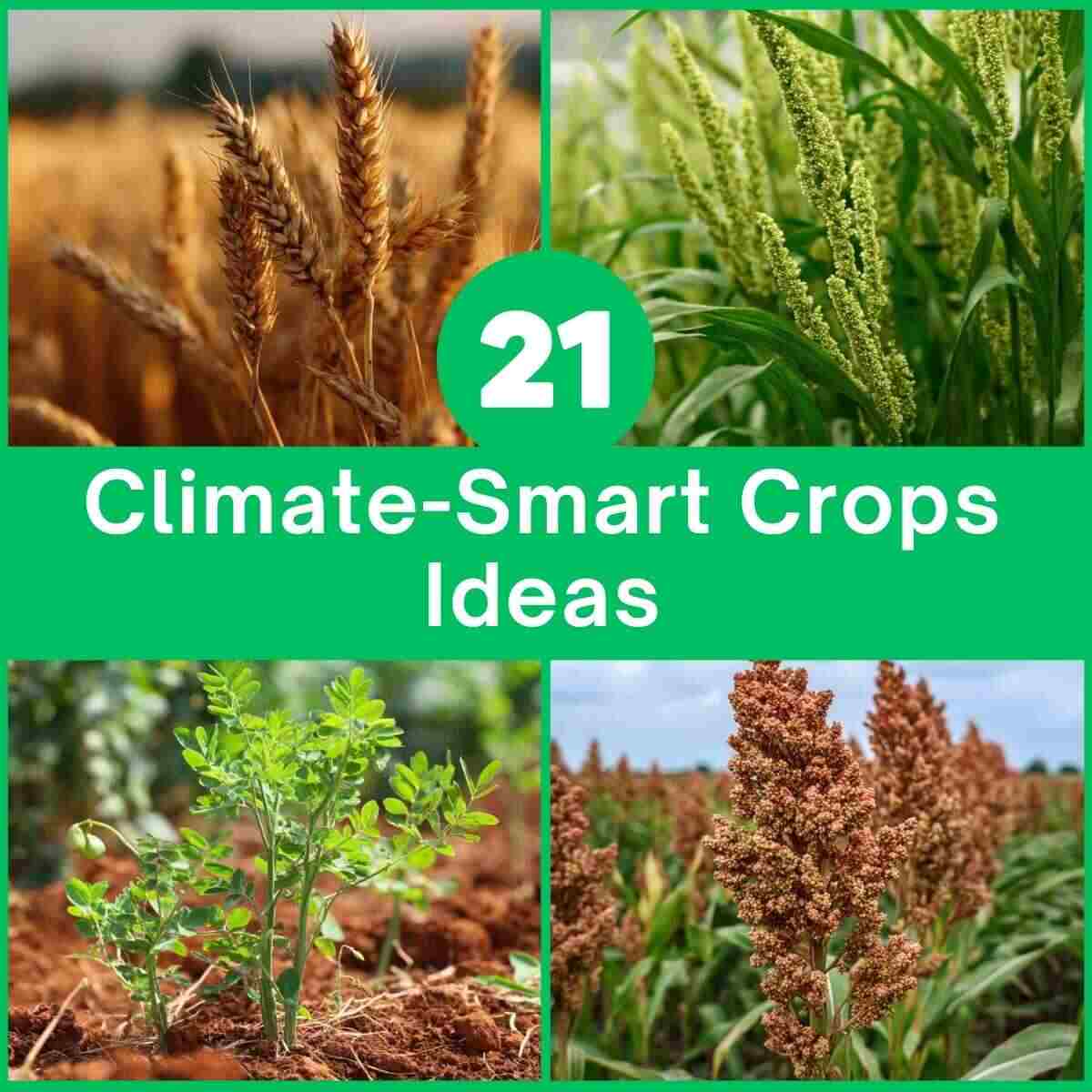
Growing food is getting harder with changing weather, but Climate-Smart Crops Ideas can help farmers grow healthy food even when it’s too hot, too dry, or too wet.
Let’s dive in!
1. Drought-Tolerant Maize
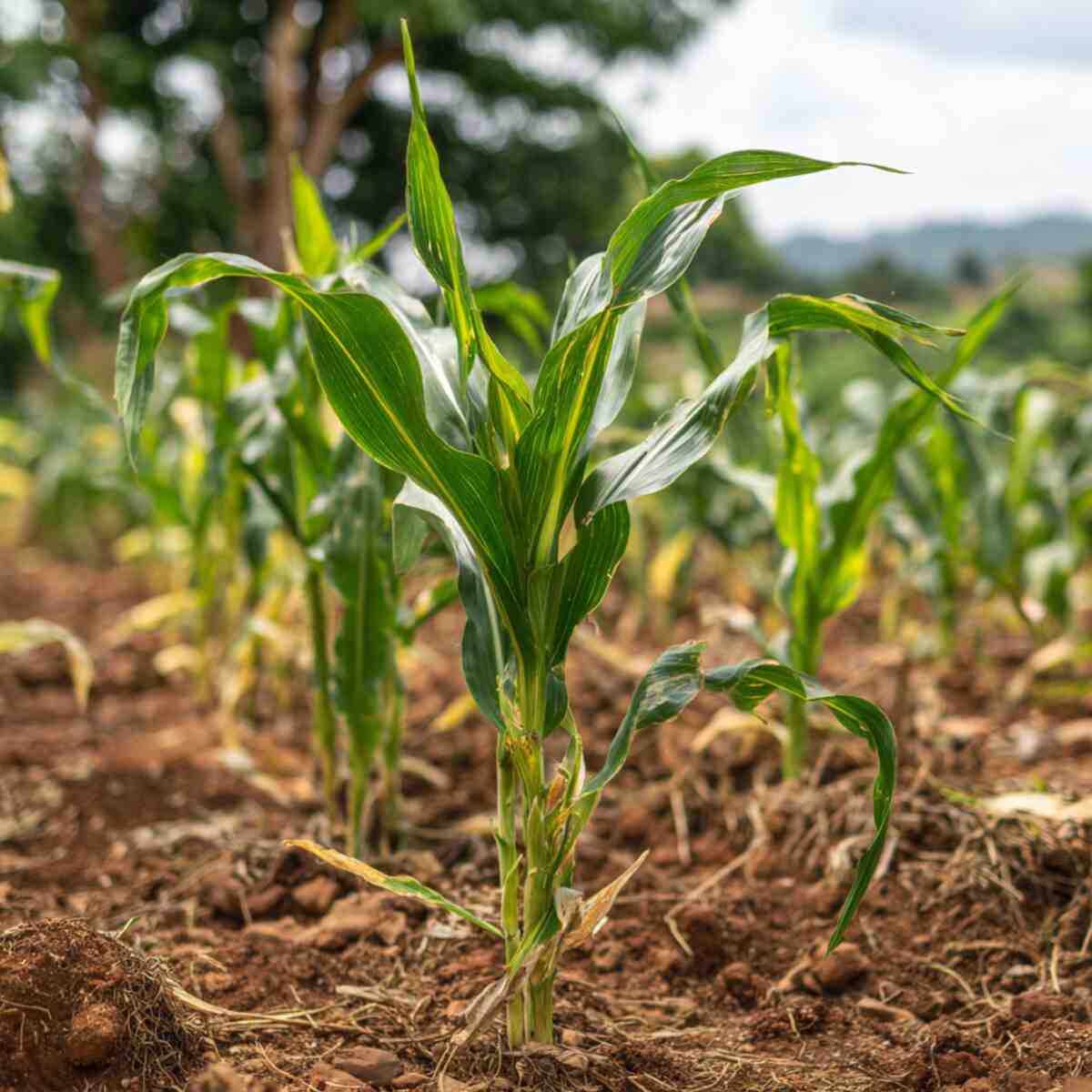
Drought-tolerant maize is bred to survive with minimal water, making it a strong choice for farmers in arid and semi-arid regions.
This variety ensures food security even during dry spells when traditional maize would fail.
As one of the most reliable Climate-Smart Crops Ideas, it supports both yield stability and resilience in changing climates.
Watch, 15 Best Drought Resistant Plants for Hot and Dry Climates
2. Flood-Resistant Rice
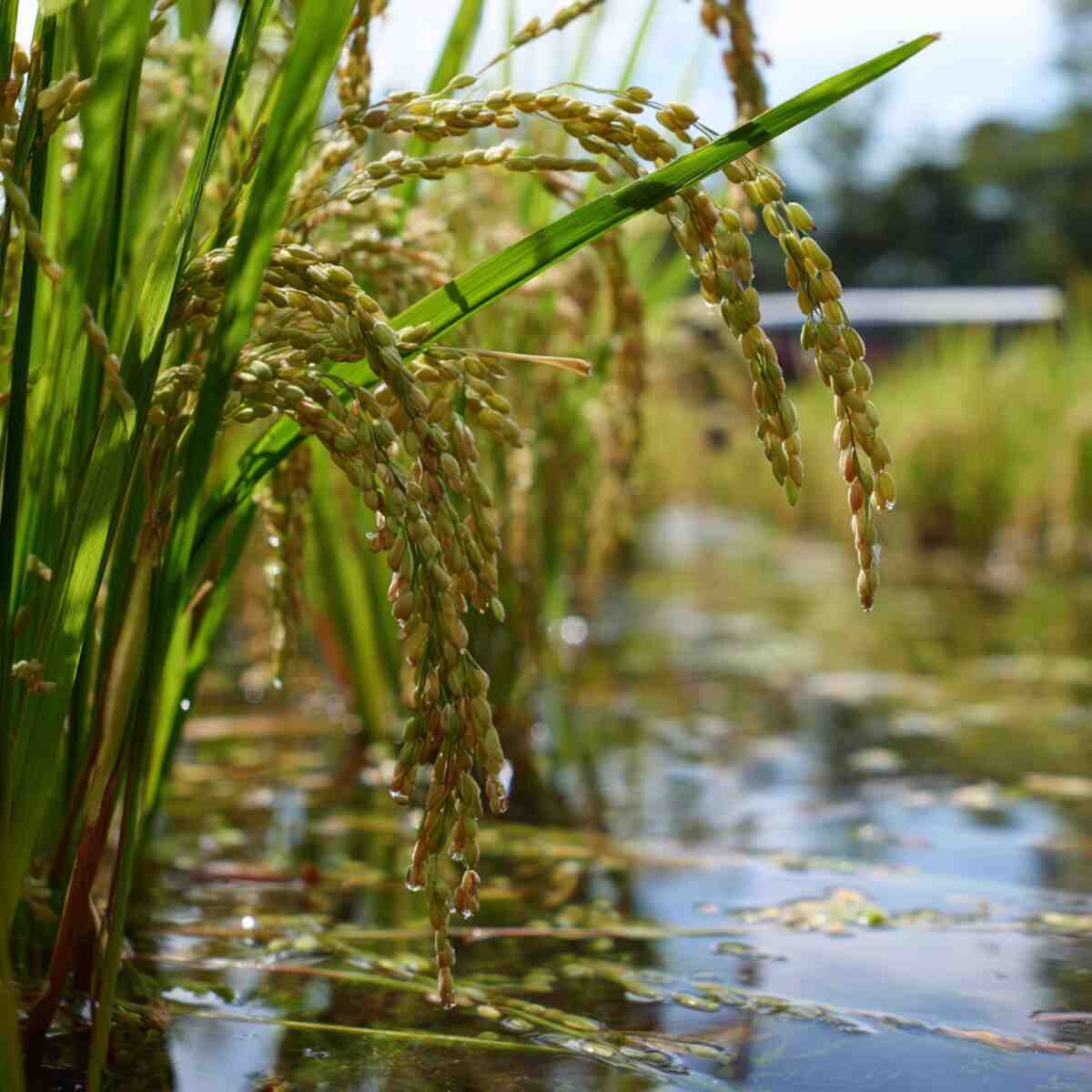
Flood-resistant rice varieties can withstand prolonged water submersion, protecting harvests in flood-prone areas.
These crops are essential for communities facing unpredictable monsoons and heavy rainfall due to climate change.
As a key example of Climate-Smart Crops Ideas, they help maintain rice production despite extreme weather.
3. Quinoa
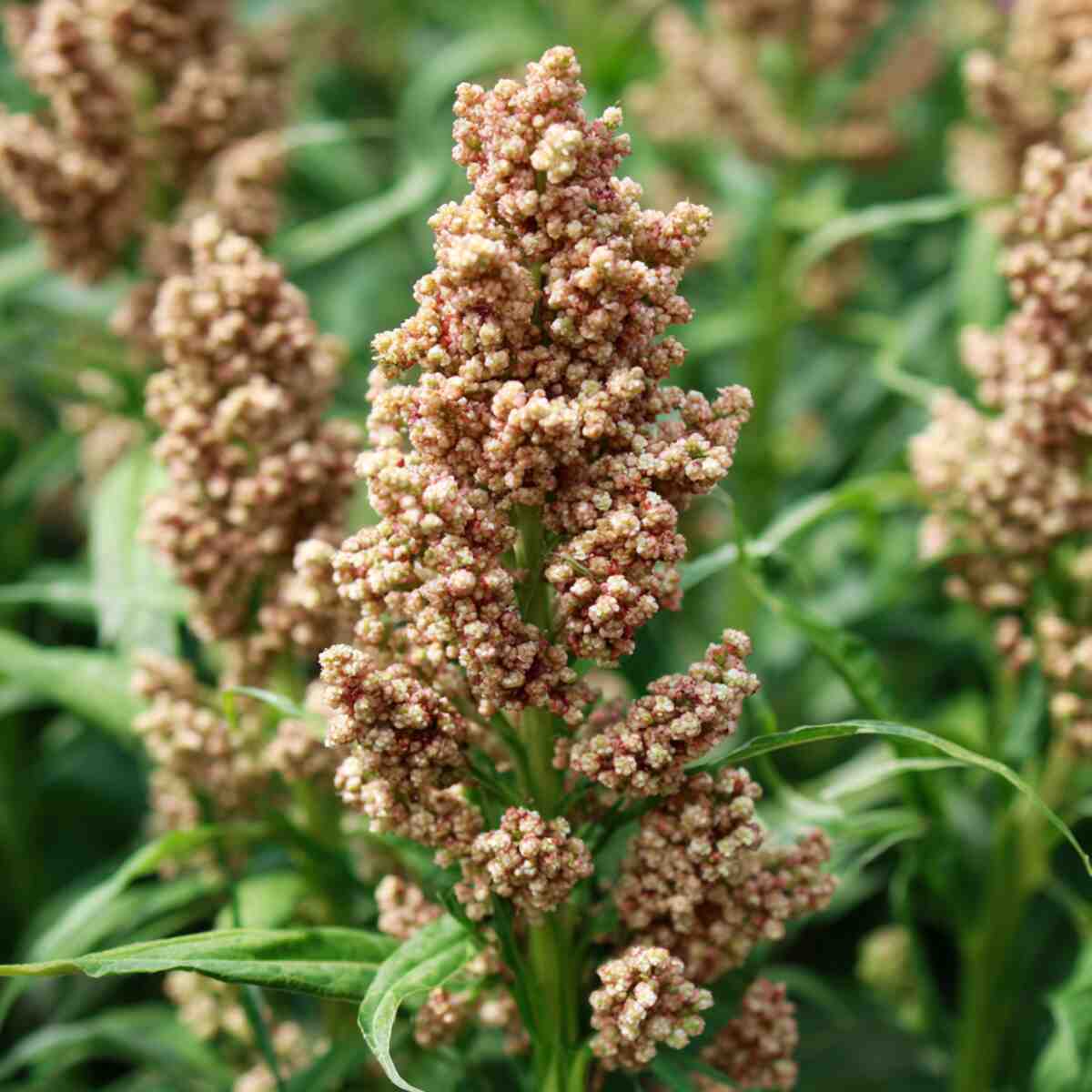
Quinoa thrives in diverse climates, from high altitudes to dry plains, and is highly nutritious.
Its resilience to poor soil quality and variable rainfall makes it an important crop for climate adaptation.
Including quinoa in Climate-Smart Crops Ideas ensures both nutrition and sustainability in agriculture.
4. Sorghum
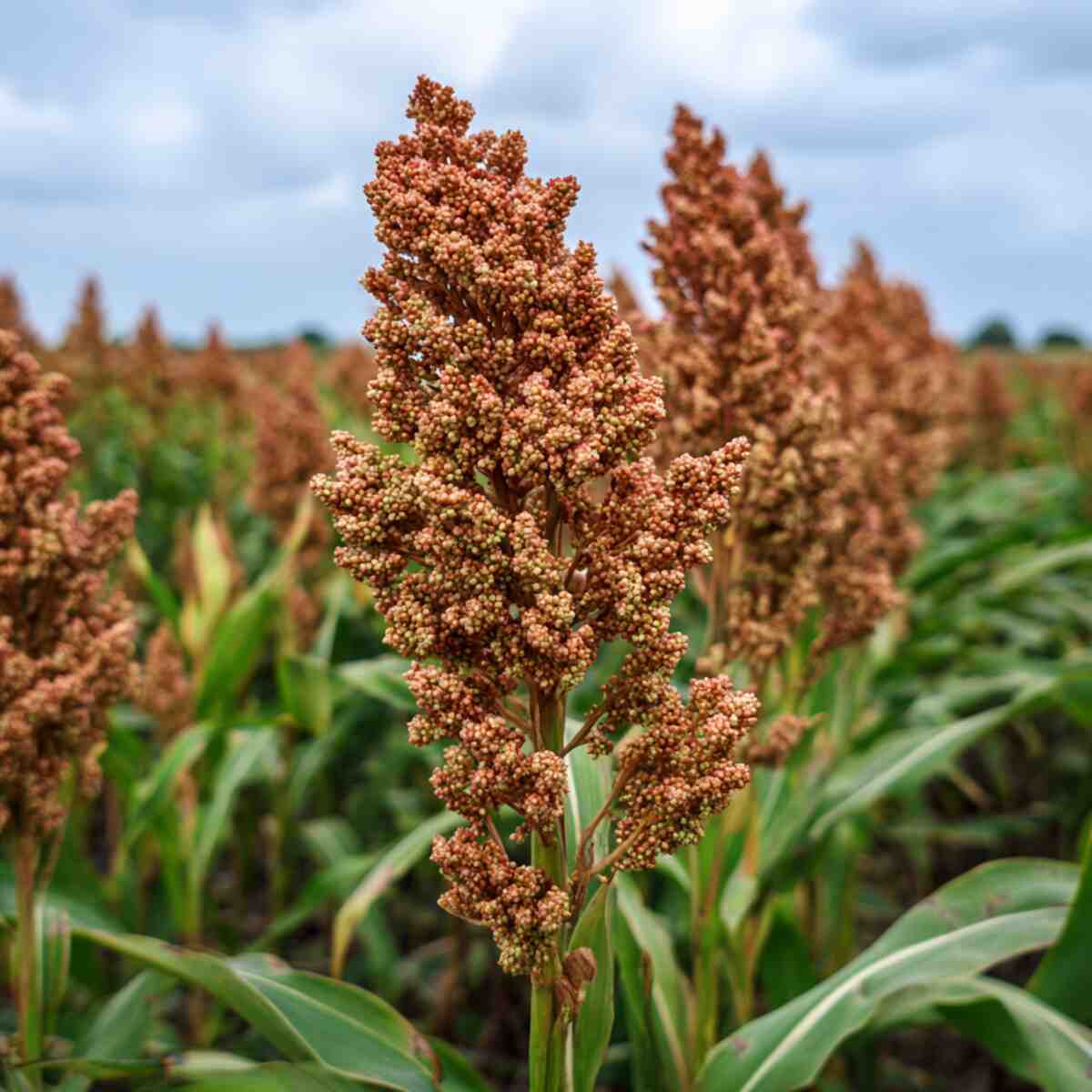
Sorghum is highly tolerant to drought and heat, making it perfect for regions with high temperatures.
It can grow in poor soils while still delivering good yields for food, fodder, and biofuel.
This makes sorghum one of the most versatile Climate-Smart Crops Ideas for food security.
5. Millet
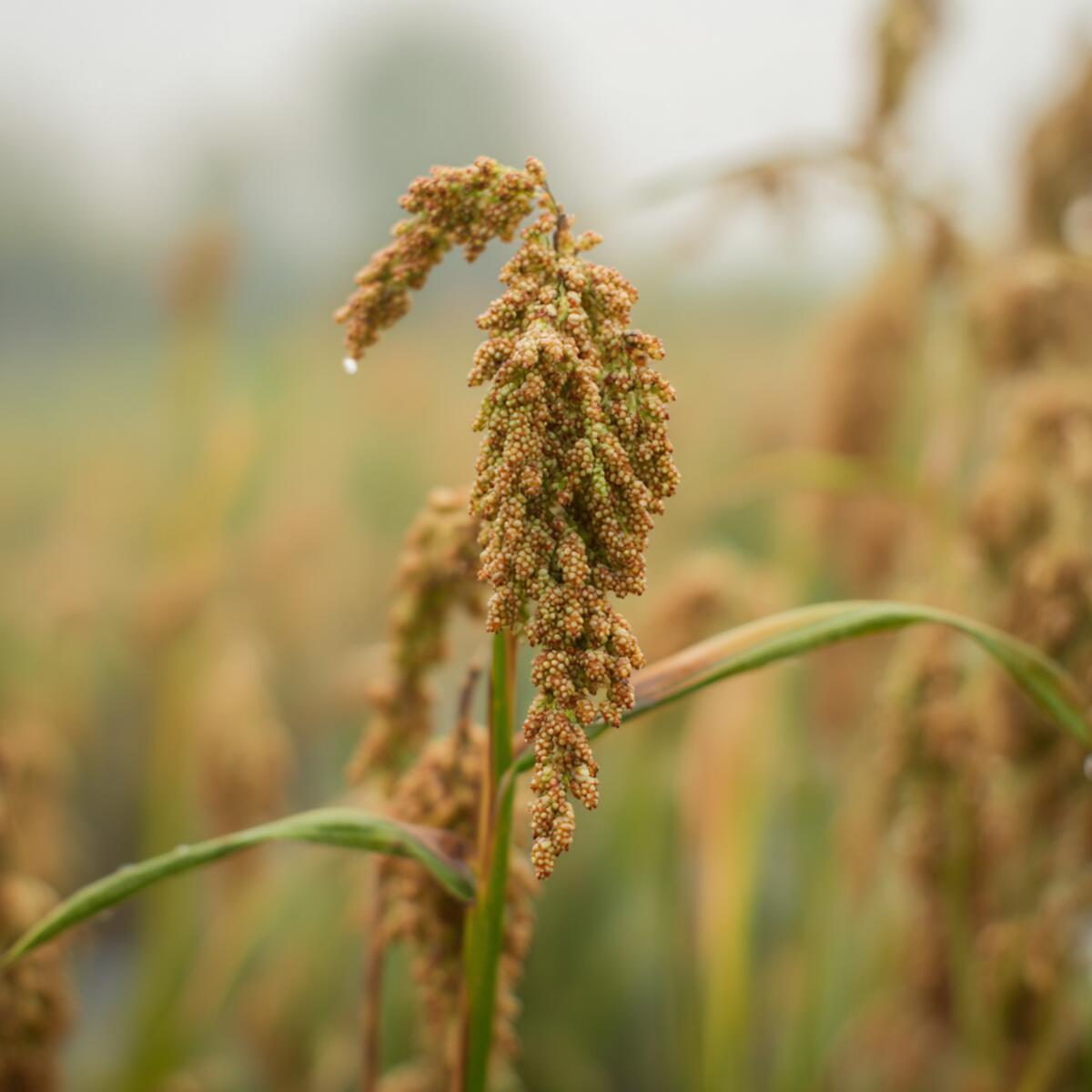
Millet is fast-growing, requires minimal water, and is naturally pest-resistant.
It offers a nutritious grain alternative that’s suitable for harsh and dry environments.
As part of Climate-Smart Crops Ideas, millet supports both sustainable farming and community nutrition.
6. Amaranth
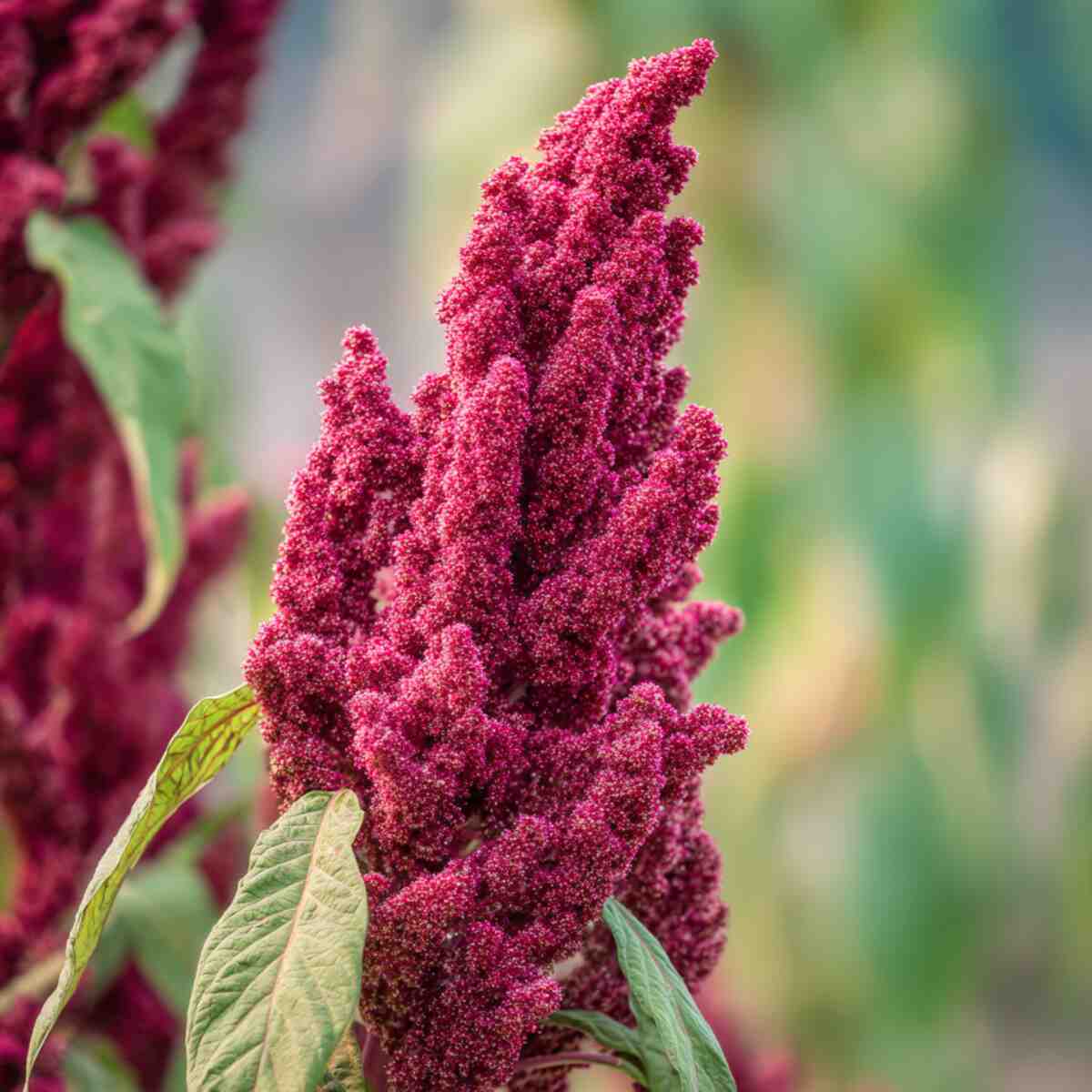
Amaranth leaves and seeds are both edible and rich in nutrients, making it a dual-purpose crop.
It grows well in poor soil and tolerates heat and drought, reducing dependence on chemical inputs.
This adaptability places amaranth among the most sustainable Climate-Smart Crops Ideas.
7. Pigeon Pea
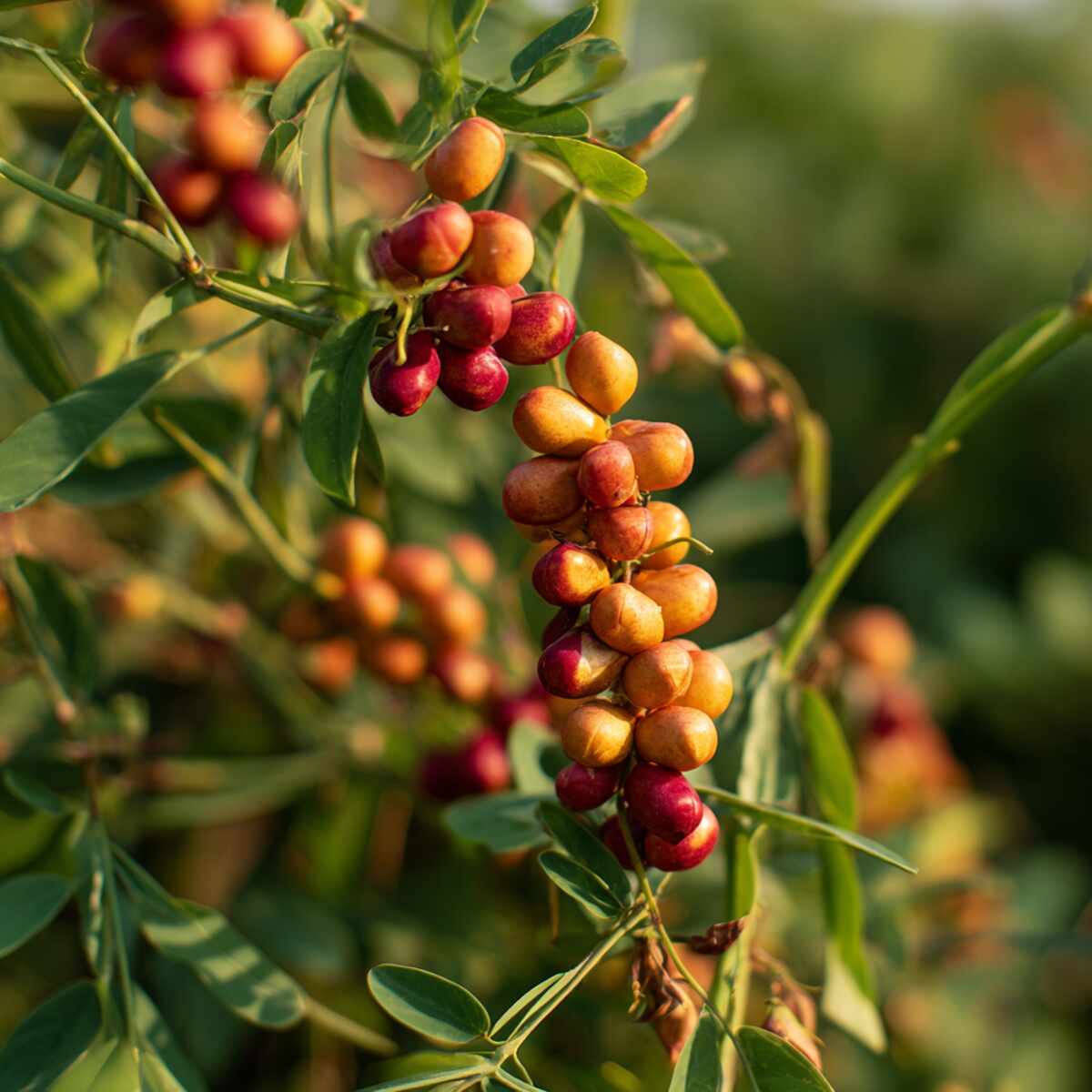
Pigeon pea is a deep-rooted legume that improves soil fertility through nitrogen fixation.
It is drought-tolerant and offers a protein-rich food source for rural communities.
These qualities make it a valuable choice in Climate-Smart Crops Ideas for long-term farming sustainability.
8. Cowpea
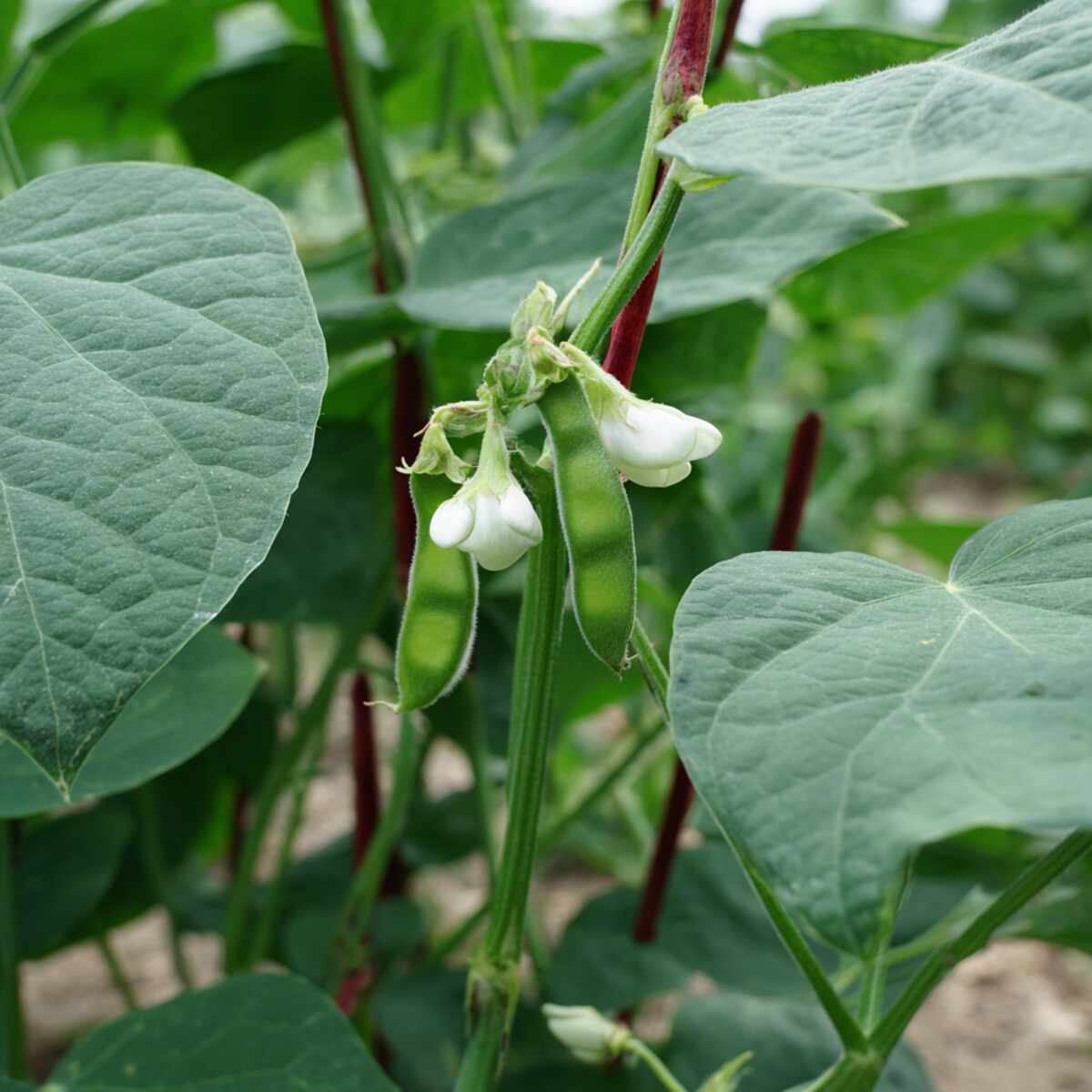
Cowpea grows in low-rainfall areas and matures quickly, making it a reliable crop for small-scale farmers.
It enriches the soil and provides high-protein beans for human consumption.
As one of the practical Climate-Smart Crops Ideas, cowpea strengthens food security while supporting soil health.
9. Chickpea
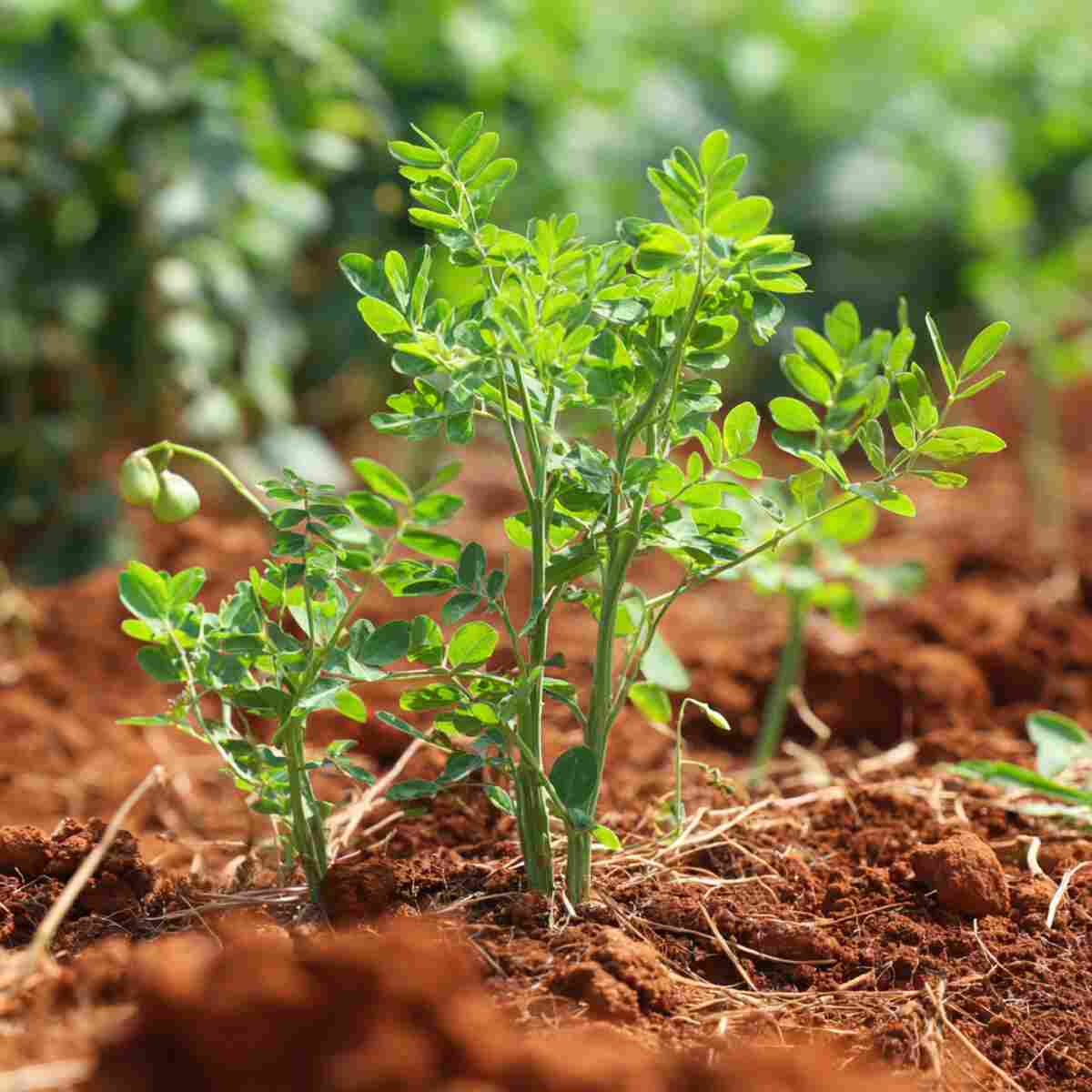
Chickpea is well-suited to semi-arid climates, requiring little water compared to other legumes.
It’s a nutrient-dense crop that also improves soil through nitrogen fixation.
By including chickpea in Climate-Smart Crops Ideas, farmers can achieve both resilience and nutritional diversity.
10. Sweet Potato (Orange-Fleshed)
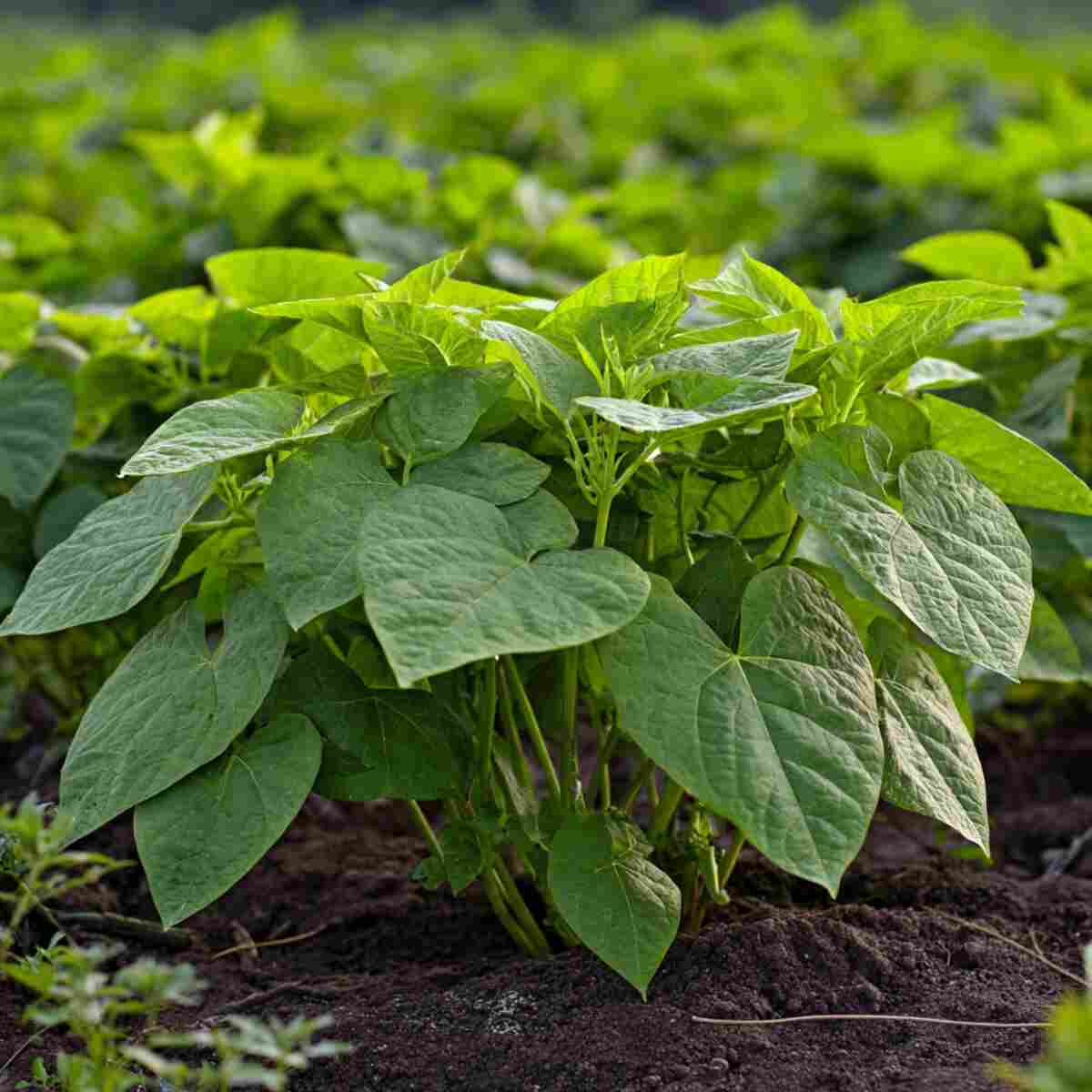
Orange-fleshed sweet potato is rich in vitamin A and grows well in marginal soils with minimal inputs.
It has a short growing cycle, helping farmers adapt to shifting seasons. Its nutrition and adaptability make it a strong example of Climate-Smart Crops Ideas.
11. Cassava
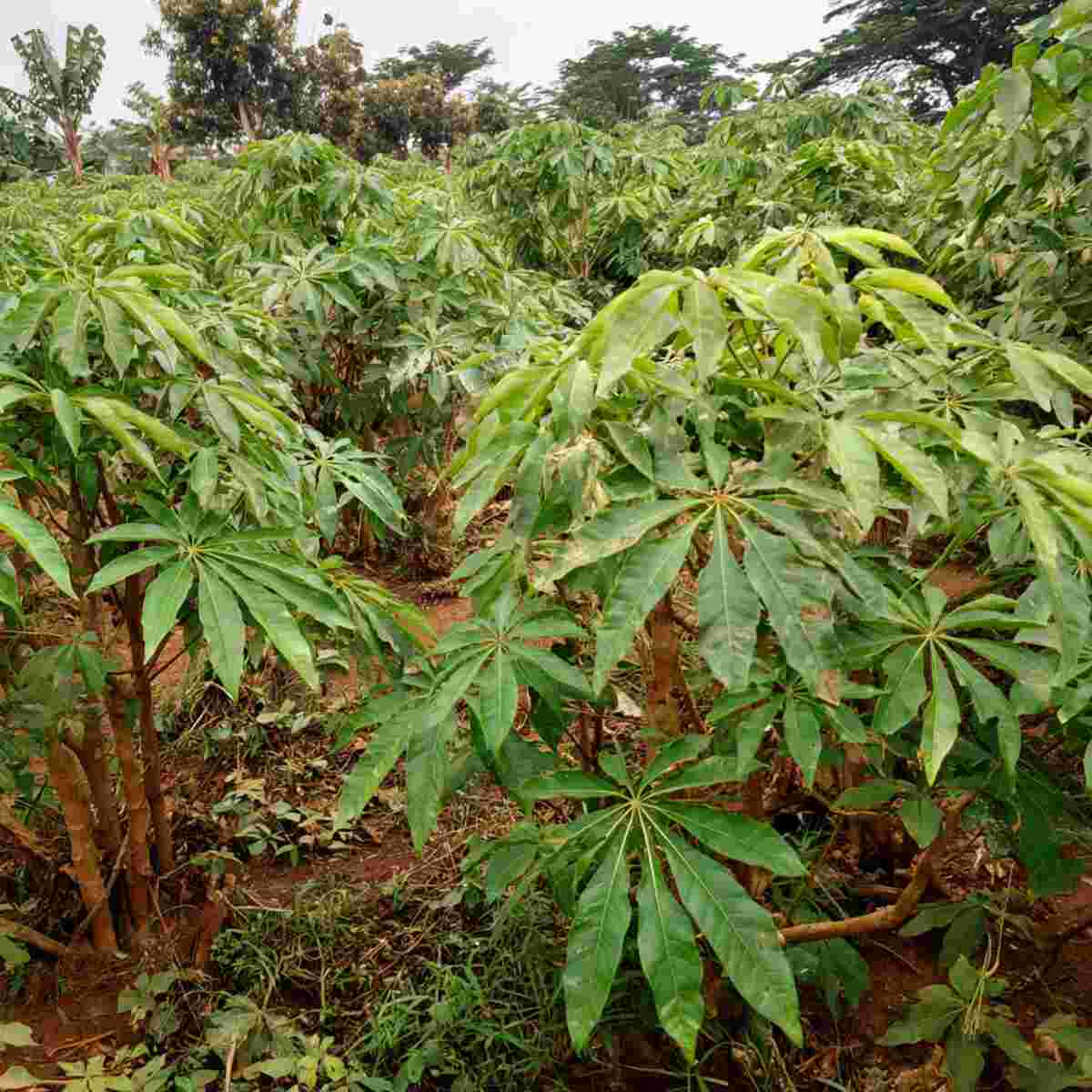
Cassava thrives in poor soils and survives droughts, providing a reliable food source during tough times.
It can be harvested at flexible times, reducing the risk of crop loss.
As a staple in many regions, cassava is one of the most dependable Climate-Smart Crops Ideas.
12. Fonio
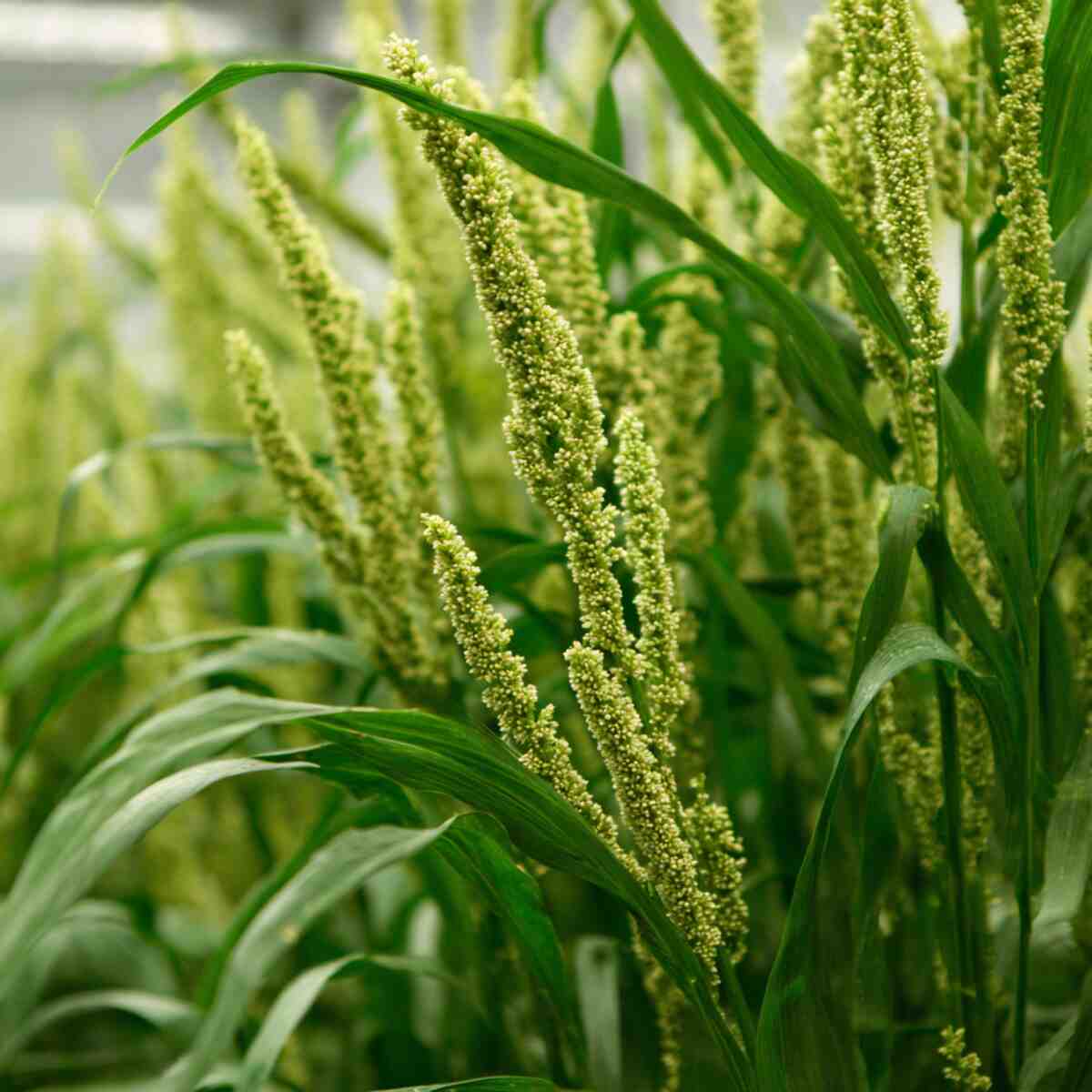
Fonio is a traditional African grain that matures quickly and tolerates poor soils.
It requires little water and grows without chemical fertilizers, making it an eco-friendly choice.
This resilience secures its place in Climate-Smart Crops Ideas for sustainable food systems.
13. Bambara Groundnut
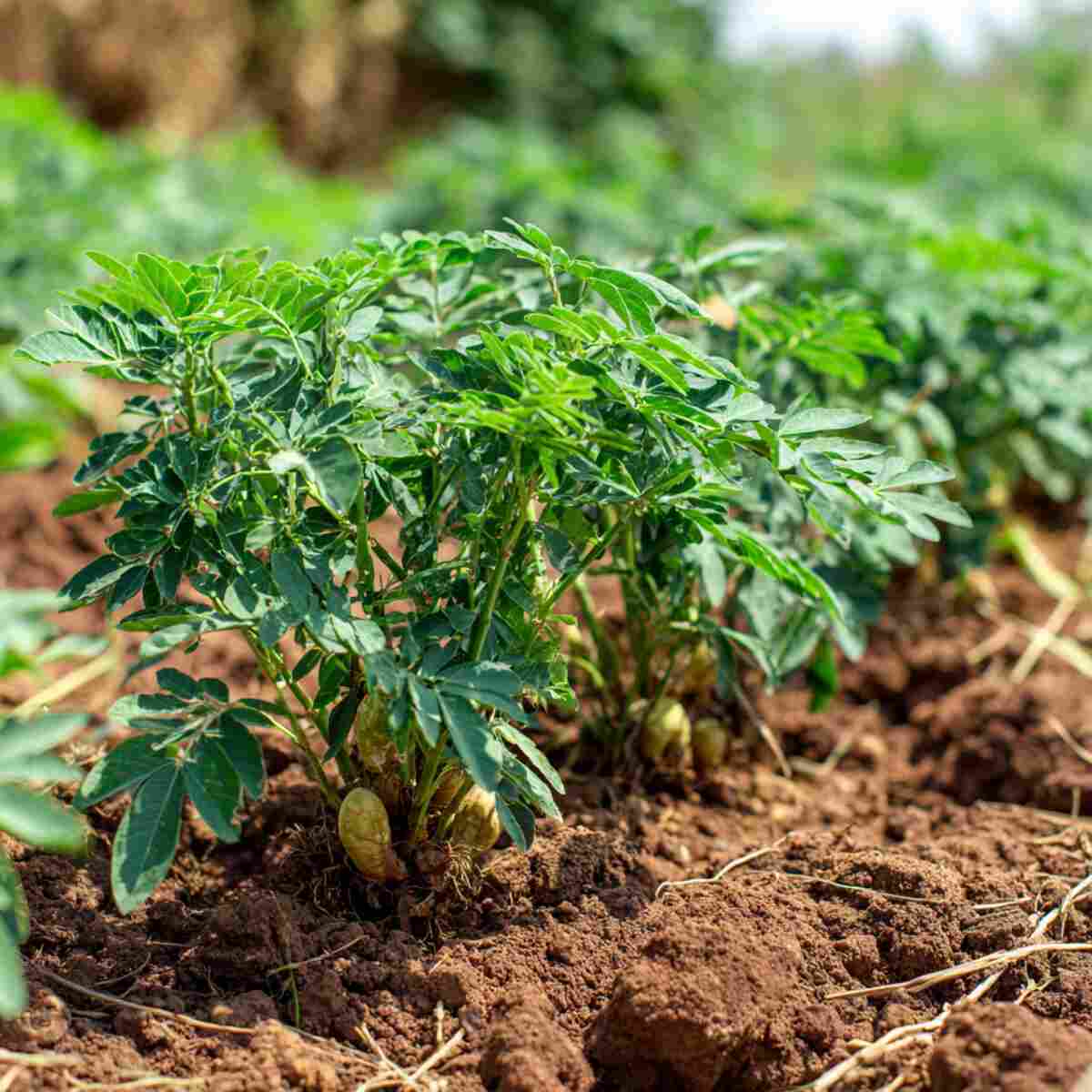
Bambara groundnut is known for thriving in hot, dry climates while enriching the soil with nitrogen.
Its seeds are high in protein, making it an important food crop. This dual benefit makes it a perfect fit for Climate-Smart Crops Ideas.
14. Teff
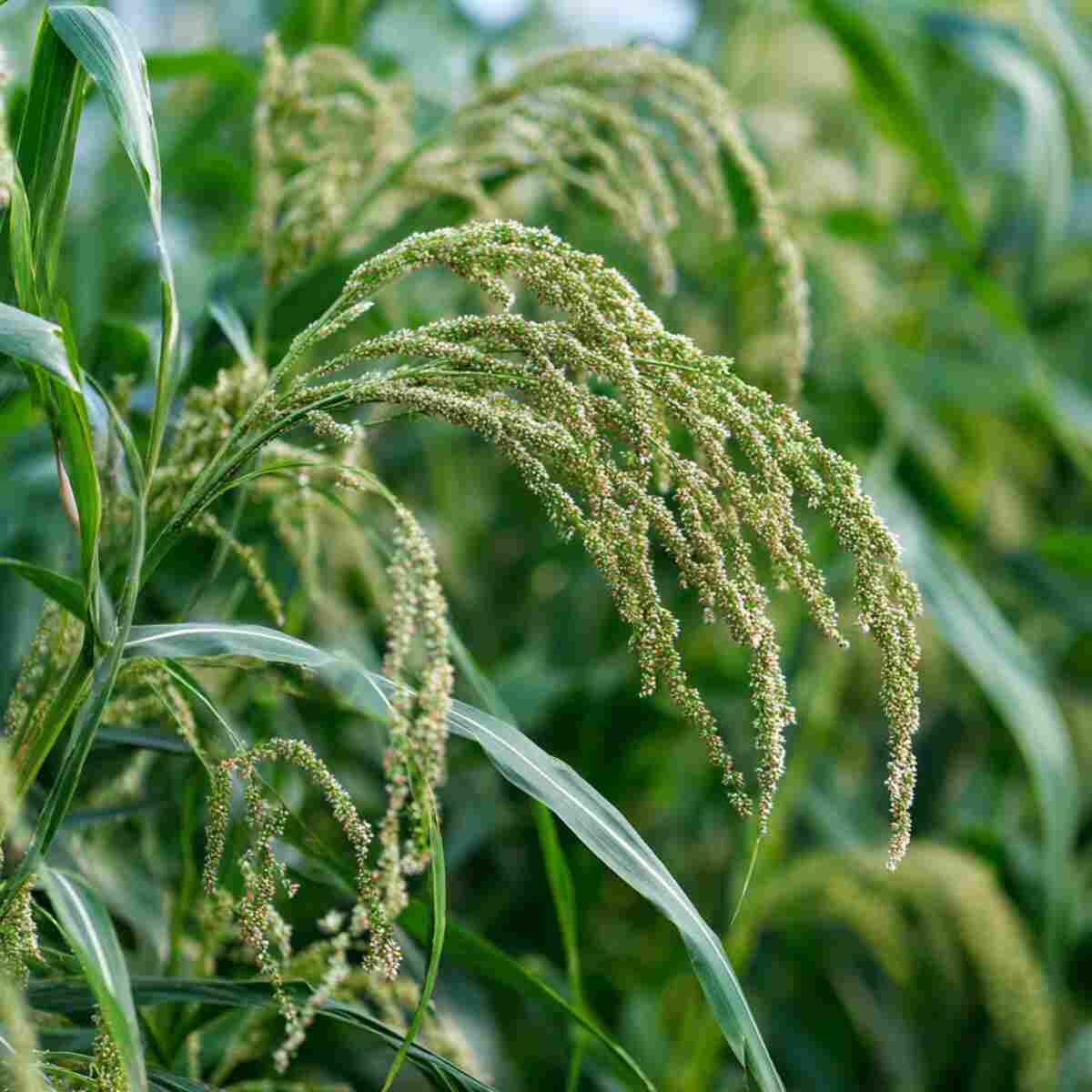
Teff is a tiny grain from Ethiopia that grows in a variety of conditions, including drought-prone areas.
It’s gluten-free and highly nutritious, making it popular for health-conscious diets.
As one of the adaptable Climate-Smart Crops Ideas, teff supports both farmers and consumers.
15. Moringa
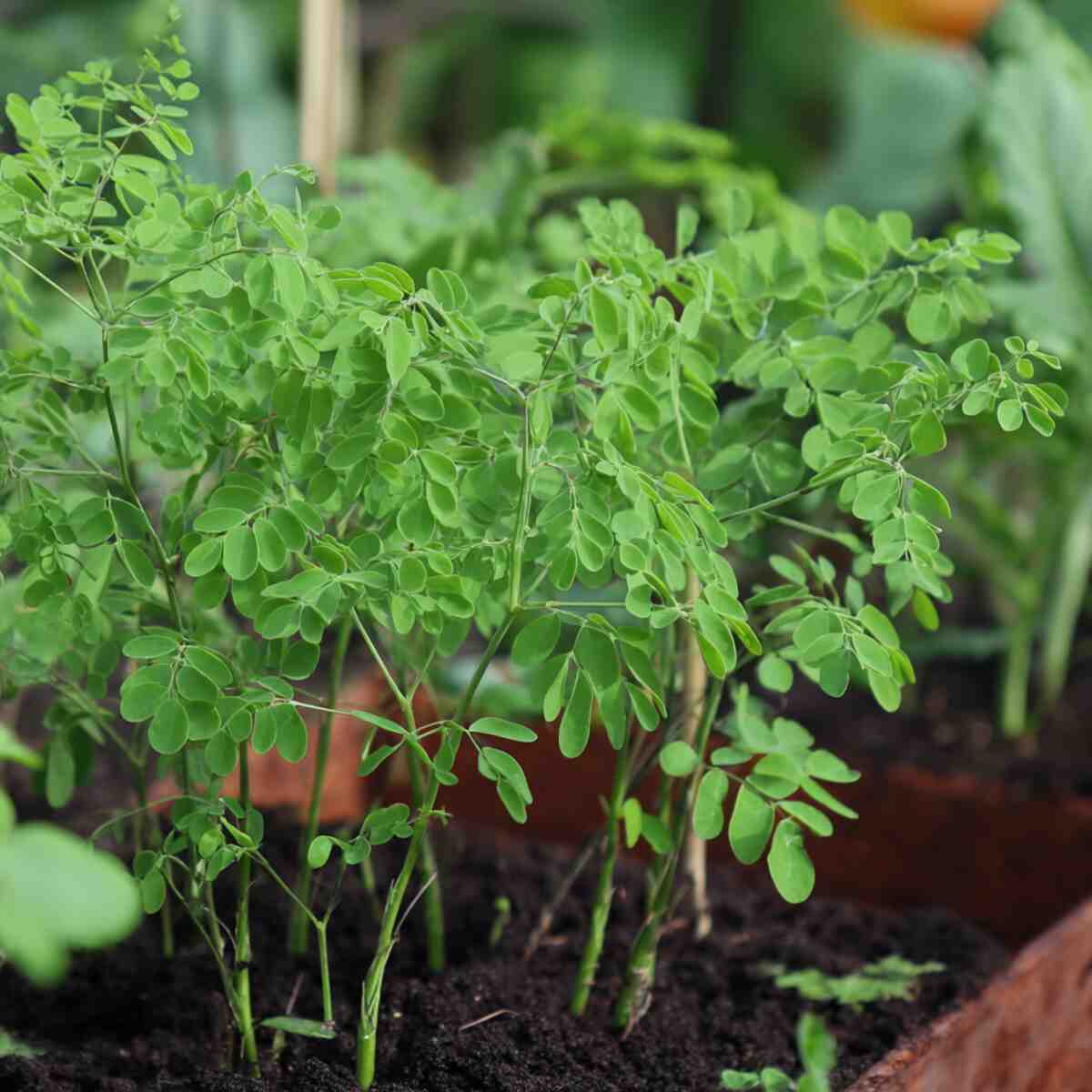
Moringa is a fast-growing tree whose leaves, pods, and seeds are all edible and nutrient-rich.
It grows in poor soils and resists drought, providing year-round food and income. This makes moringa a standout in Climate-Smart Crops Ideas for community resilience.
16. Pearl Millet
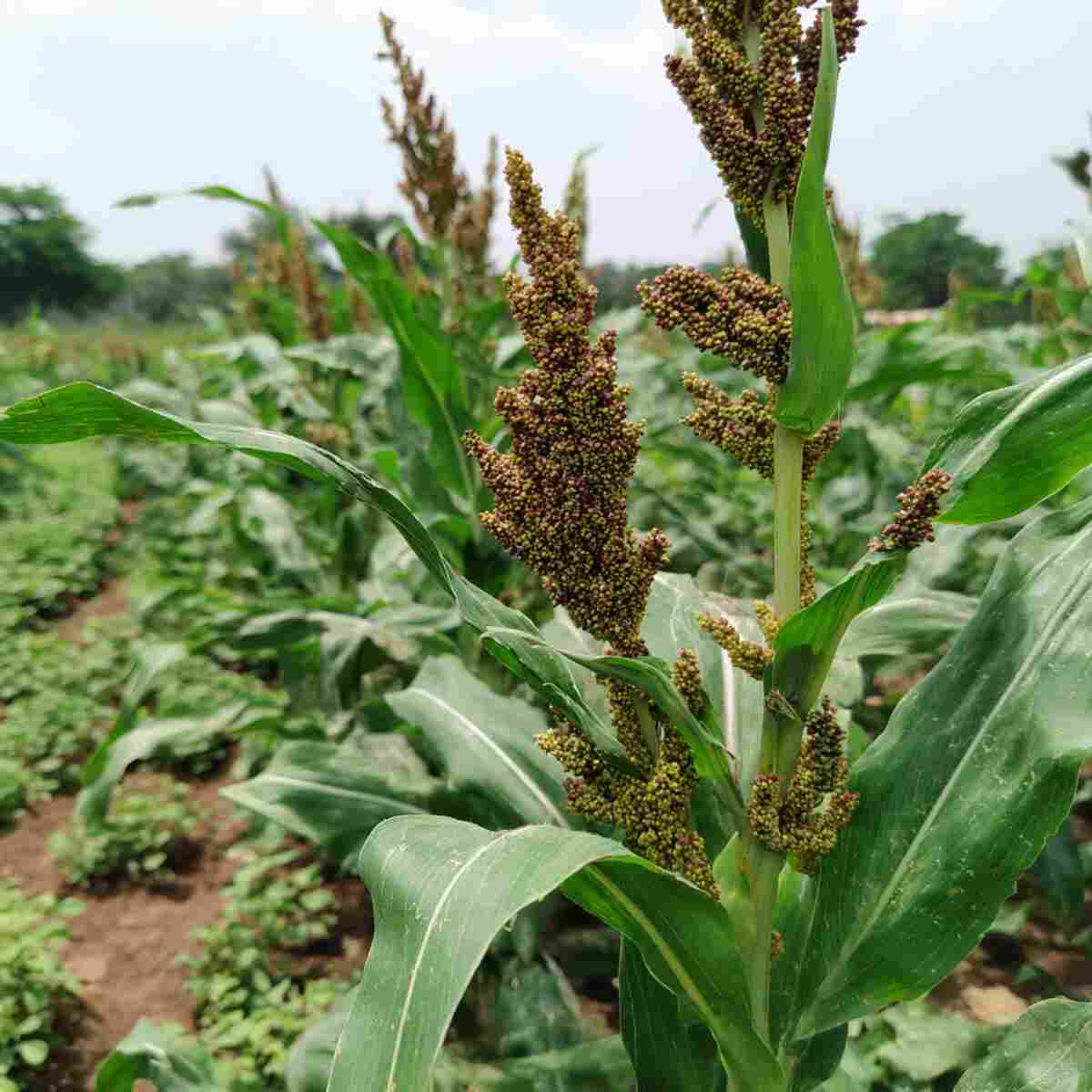
Pearl millet is exceptionally heat- and drought-tolerant, thriving where other grains cannot.
It is rich in iron and other nutrients, helping combat malnutrition in rural areas.
Its hardiness earns it a place among the top Climate-Smart Crops Ideas for drylands.
17. Breadfruit
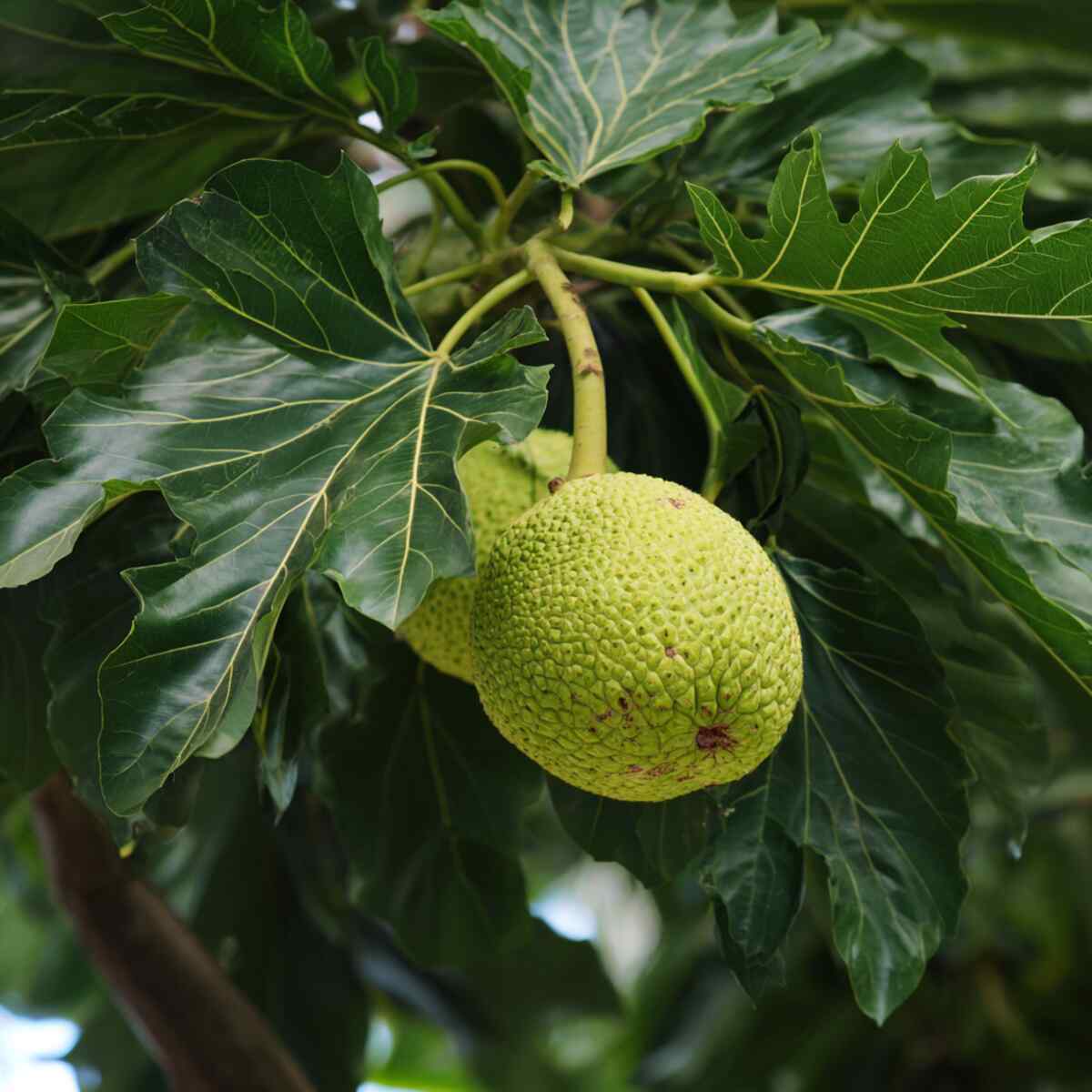
Breadfruit trees produce large, starchy fruits that can replace rice or potatoes in diets.
They are low-maintenance and adapt to various soil types, making them suitable for tropical regions.
Breadfruit’s productivity and resilience make it one of the most impactful Climate-Smart Crops Ideas.
18. Taro
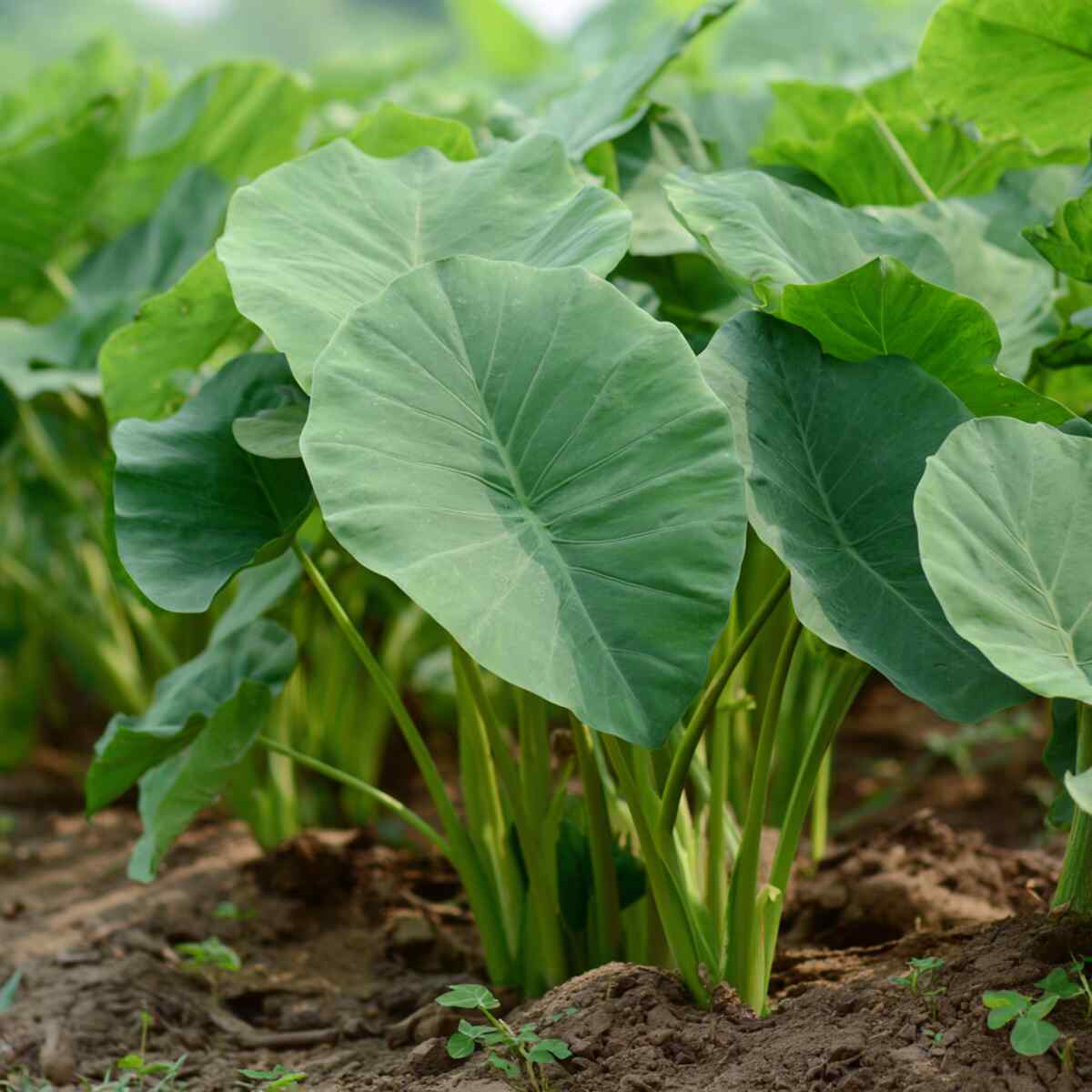
Taro is a root crop that thrives in wet conditions, making it useful in flood-prone areas.
It is a staple food in many tropical cultures and offers high nutritional value.
As part of Climate-Smart Crops Ideas, taro helps farmers diversify crops while adapting to climate shifts.
19. Winged Bean
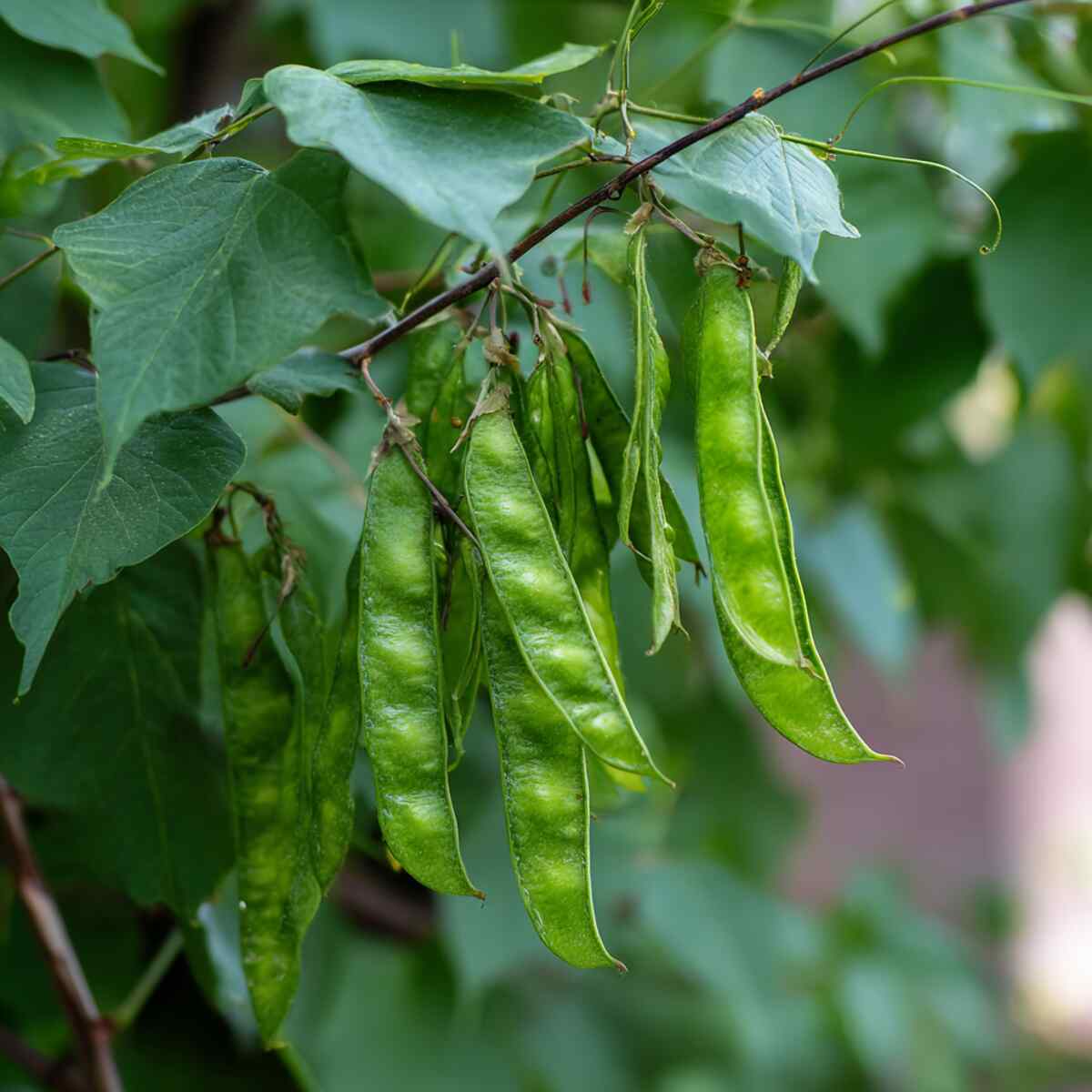
Winged bean is a climbing plant whose pods, leaves, flowers, and roots are all edible.
It grows well in hot, humid climates and enriches soil fertility naturally.
This versatility places winged bean firmly in the list of valuable Climate-Smart Crops Ideas.
20. Lentils
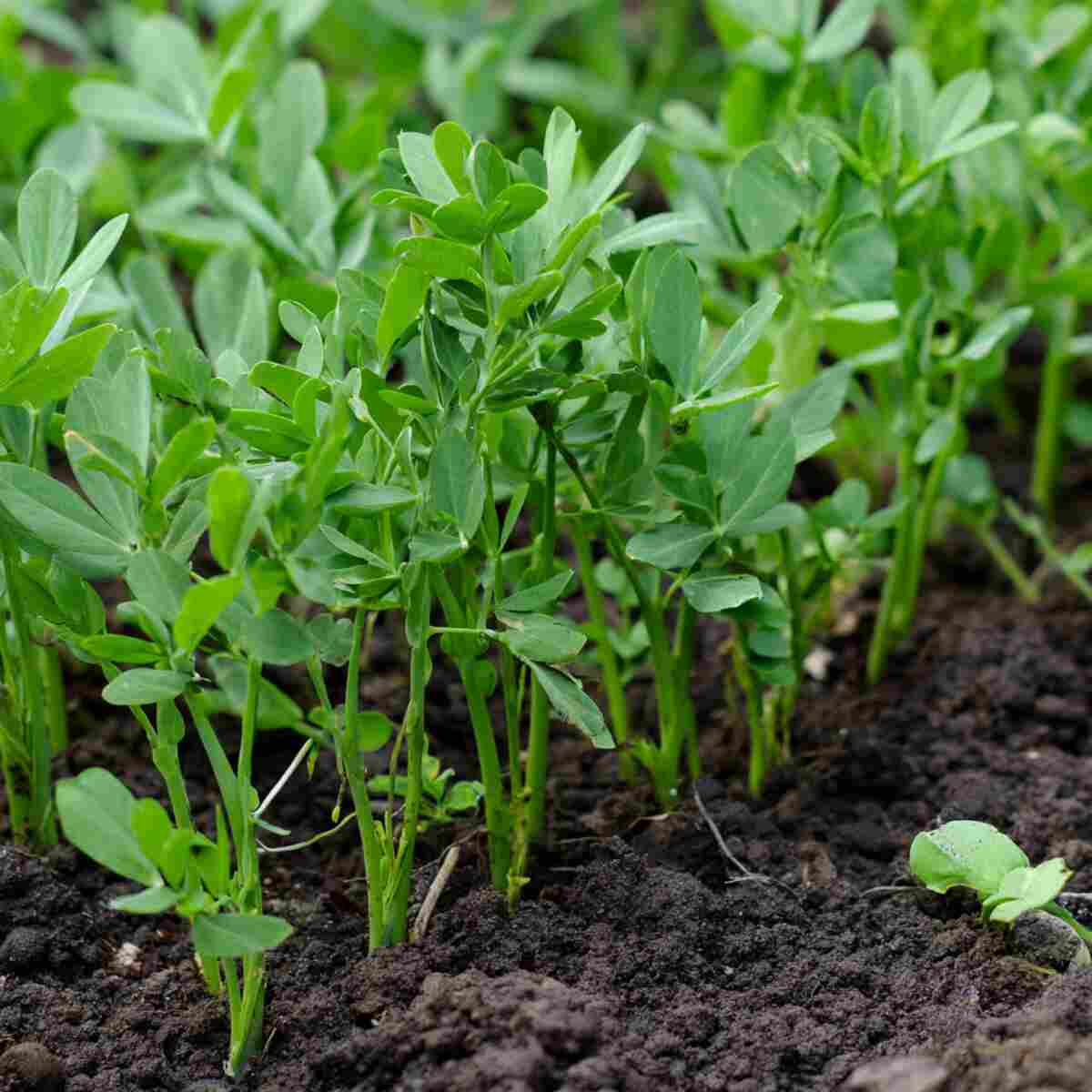
Lentils mature quickly, need minimal water, and are rich in protein and fiber.
They also improve soil fertility, reducing the need for synthetic fertilizers.
As a sustainable and nutritious option, lentils are a proven part of Climate-Smart Crops Ideas.
21. Climate-Resilient Wheat

Climate-resilient wheat varieties are bred to tolerate heat, drought, and disease pressures.
They ensure stable yields despite unpredictable weather patterns.
This innovation makes wheat production a sustainable part of global Climate-Smart Crops Ideas.
By choosing Climate-Smart Crops Ideas, farmers can grow food that survives extreme weather, uses water wisely, and keeps soils healthy for the future.
These crops are not only tough against droughts, floods, and heat but also provide good nutrition for communities.
Adopting them means farming can stay strong and sustainable, even as the climate continues to change.
